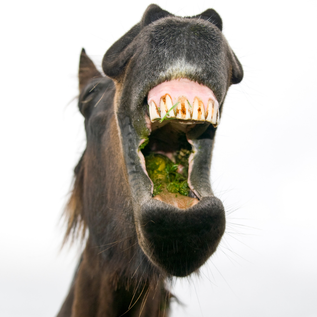|
A lot can be told about saddle fit and stability by looking at your horse’s back immediately after riding.
Take your saddle and saddle blanket off in a way that you don’t affect the way the horse’s coat lies. Carefully lift them off. Signs of rubbed or ruffled hair may indicate saddle movement and if you see any, take a photo to show your saddle fitter. Also make note of any excessive sweat or dry patches, indicating pressure variations and any swellings that may have appeared. Again, a photo is a great idea so you have a record. Just as you would have done pre-ride, notice how your horse stands. Does he spread his legs out so can drop his back down? What does his topline look like? It should always look better after being ridden. If you can see a depression where the saddle has been then it is time to get your saddle fitter out. The lumbar area behind the saddle platform area should look better than it did pre-ride. If it looks worse, it could be the saddle, the type of riding done or due to a problem elsewhere. Then when washing or brushing check for any soreness, increase in sensitivity or behavioural changes. It is best to do this immediately after untacking and again when your horse has cooled off – perhaps when you change rugs or feed up at night. Any concerns whatsoever, talk to your saddle fitter, talk to your horse’s body worker/physio and give yourself a big pat on the back for taking the time to notice! Well done!
0 Comments
Leave a Reply. |
AuthorDr Victoria Hamilton is an icon in the Western Australian Equestrian Community, with a wealth of experience as a veterinarian, coach, breeder and international dressage competitor. As one of Australia’s top dressage riders, her love of horses is contagious and apparent in everything she does. Archives
February 2024
CategoriesFollow Us |
Photo from Sean MacEntee



 RSS Feed
RSS Feed